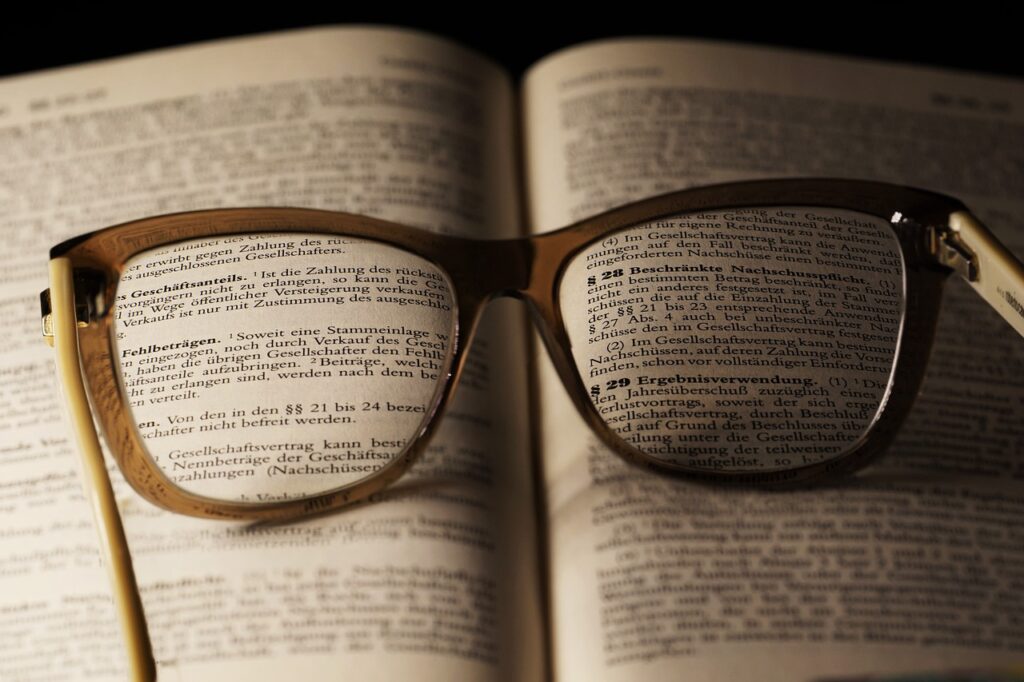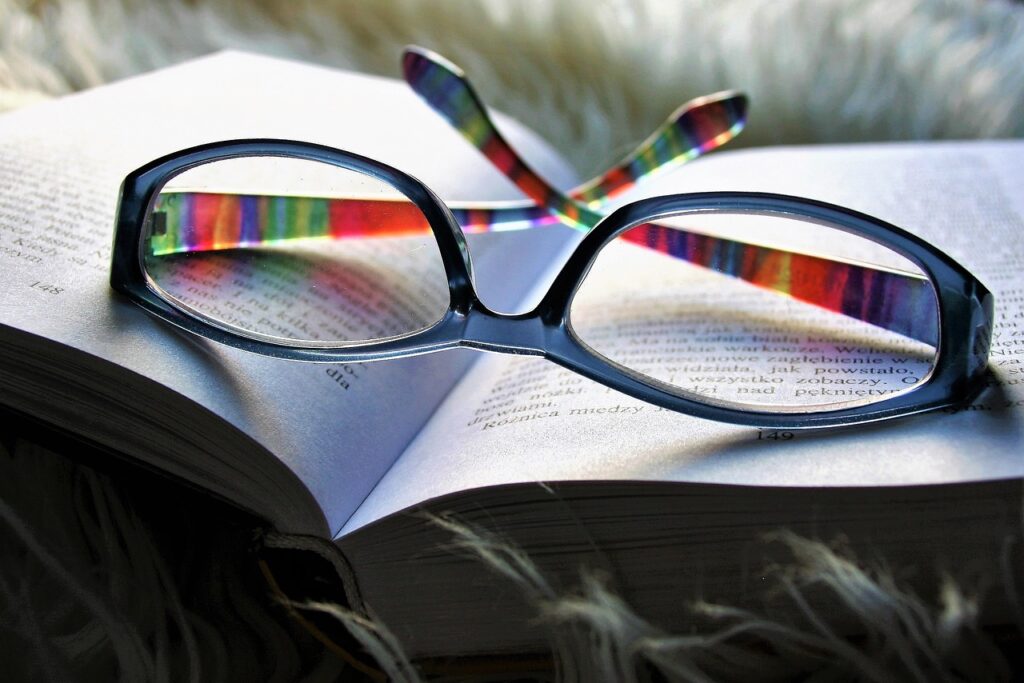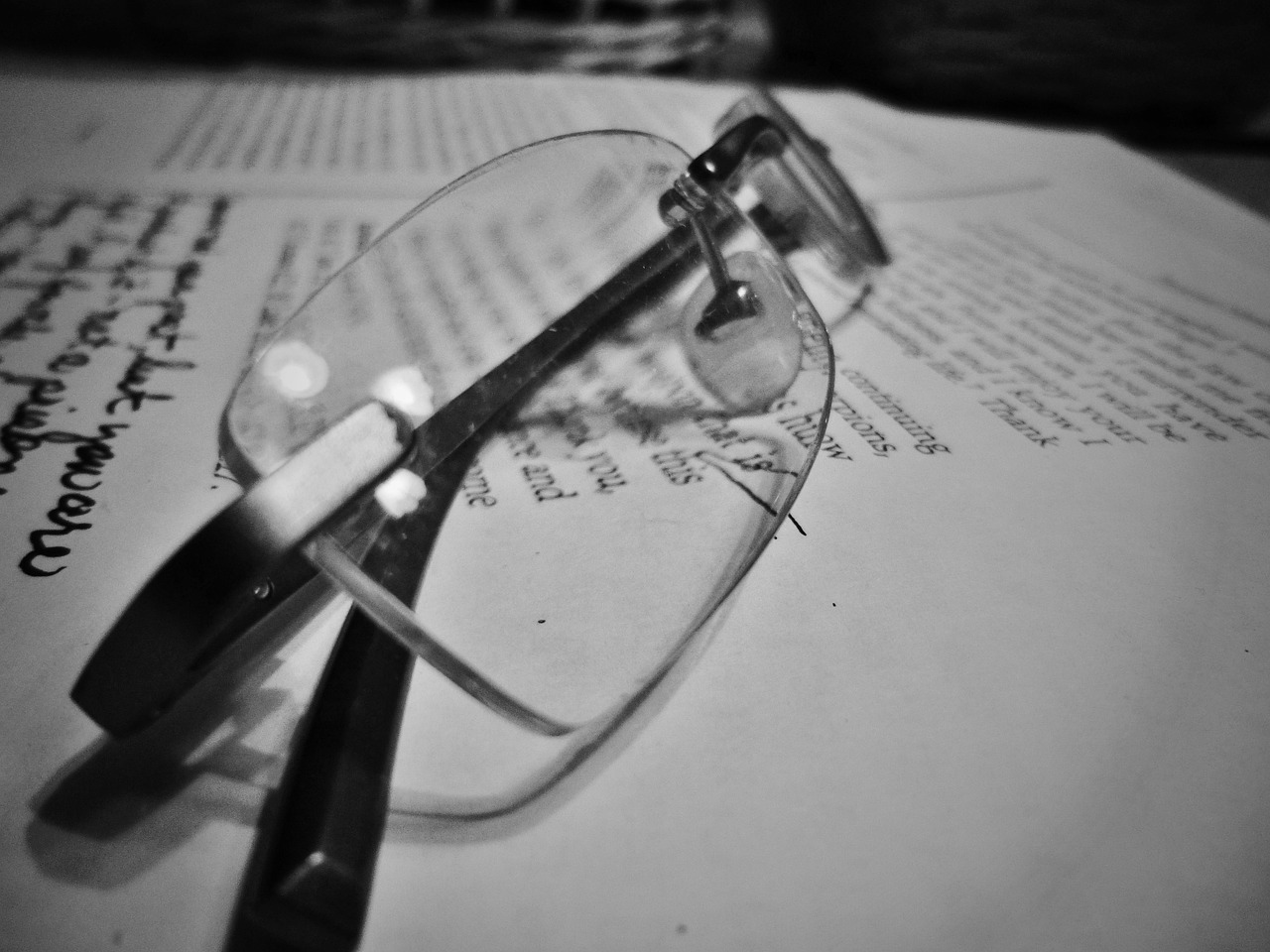If you’ve ever found yourself squinting at your smartphone while struggling to read a book, reading glasses might be the solution you need. These unique lenses are designed to tackle the common issue of needing different prescriptions for seeing up close and at a distance. In this guide, we’ll break down what bifocal glasses are used for and how they can benefit you.
Understanding Bifocal Glasses
So, what exactly are bifocal glasses used for? Bifocals are specially designed to help people with presbyopia—a condition that typically affects people over 40, making it hard to focus on close objects. They feature two distinct optical powers in one lens: one for distance vision and another for short-sightedness. The most recognizable aspect of bifocal glasses is the visible line that separates these two sections.
How Bifocal Lenses Work
Bifocal lenses have two parts with different prescriptions. The top part of the lens is for seeing objects at a distance, while the bottom part is for seeing things up close. This design allows you to switch between the two types of vision without having to switch between different pairs of glasses. The transition between the two sections is typically marked by a visible line, although some modern bifocals use a more seamless approach.
The top section is usually designed for distance vision—ideal for driving, watching TV, or looking across a room. The bottom section, which is often smaller and located at the bottom of the lens, is for near tasks like reading, sewing, or using a smartphone. This setup lets you see clearly at various distances without needing to switch glasses. However, these prescription lenses for glasses must be approved by your ophthalmologist.

When Do You Need Bifocal Glasses?
Knowing what bifocal glasses are used for can help you determine if they’re right for you. Typically, they are prescribed when you start experiencing difficulty with both near and distance vision. Here are a few scenarios where bifocals might be beneficial:
Presbyopia
Presbyopia is a natural part of aging where the eye’s lens becomes less flexible, making it harder to focus on close objects. This usually begins in your mid-40s and continues to progress. If you find that you need to hold reading material farther away to see it clearly, bifocal glasses can help you by offering both near and distance vision in a single pair of lenses.
Refractive Errors
Bifocals can also be helpful if you have existing refractive errors such as nearsightedness (myopia) or farsightedness (hyperopia). They allow you to correct these issues while also accommodating your presbyopia. By providing clear vision at multiple distances, bifocals can simplify your daily routine and reduce the need for multiple pairs of glasses.
Multifocal Needs
Some people need more than just two focal lengths. For example, if you need prescription glasses for distance, intermediate (computer screen) vision, and near vision, you might need multifocal lenses, which include bifocals and other types. Bifocals are a great starting point if you primarily need distance and near vision correction, but they might not cover all of your needs if you spend a lot of time at intermediate distances.
Types of Bifocal Glasses
There are a few different types of bifocal glasses, each designed to meet specific visual needs. Understanding these can help you choose the right pair for your lifestyle.

Traditional Bifocals
Traditional bifocals have a distinct line that separates the distance and near vision areas. This line is often visible and can be noticeable when you look through the lenses. While these are effective for many people, some find the line distracting or aesthetically unappealing.
Progressive Bifocals
Progressive bifocals, also known as progressive lenses, provide a more gradual transition between different focal lengths without the visible line found in traditional bifocals. This design for eyeglasses allows for smooth vision from distance to near without any abrupt changes. They are often preferred for their more natural look and feel.
Occupation-Specific Bifocals
Certain professions may benefit from specialized bifocals. For instance, bifocals designed for computer use may have a larger intermediate zone, which is useful for those who spend significant time working at a desk. There are also bifocals tailored like blue light glasses for reading or other specific tasks, offering enhanced comfort and clarity for particular activities.
How to Choose the Right Bifocal Glasses
Choosing the right pair of bifocal glasses involves more than just picking a style. Here are a few factors to consider when selecting your perfect pair:
Prescription Accuracy
The most important factor is ensuring that your prescription is accurate. Visit an optometrist to get a comprehensive eye exam and updated prescription. Your eye care professional can help determine the appropriate bifocal prescription for your needs.
Frame Style
Bifocal glasses come in various frame glasses styles, from classic to contemporary. Choose a frame that suits your face shape and personal style. Keep in mind that certain frames may accommodate bifocal lenses better than others.

Lens Material
Lens material can affect the weight, durability, and appearance of your bifocal glasses. Options include standard plastic lenses, high-index lenses (which are thinner and lighter), and polycarbonate lenses (which are more impact-resistant). Your optician can help you choose the best material based on your lifestyle and needs.
Conclusion
Understanding what bifocal glasses are used for can help you make an informed decision about your eyewear needs. Bifocals are an excellent solution for those experiencing presbyopia or needing correction for both near and distance vision. Whether you opt for traditional bifocals, progressive lenses, or occupation-specific designs, the right pair can greatly enhance your visual comfort and quality of life.
If you’re considering bifocal glasses, take the time to explore different options and consult with your eye care professional to find the perfect pair. For a wide selection of stylish and functional bifocal glasses, visit Optics4Less.
Have you used bifocal glasses before? Share your experiences or ask any questions in the comments below—we’d love to hear from you!

